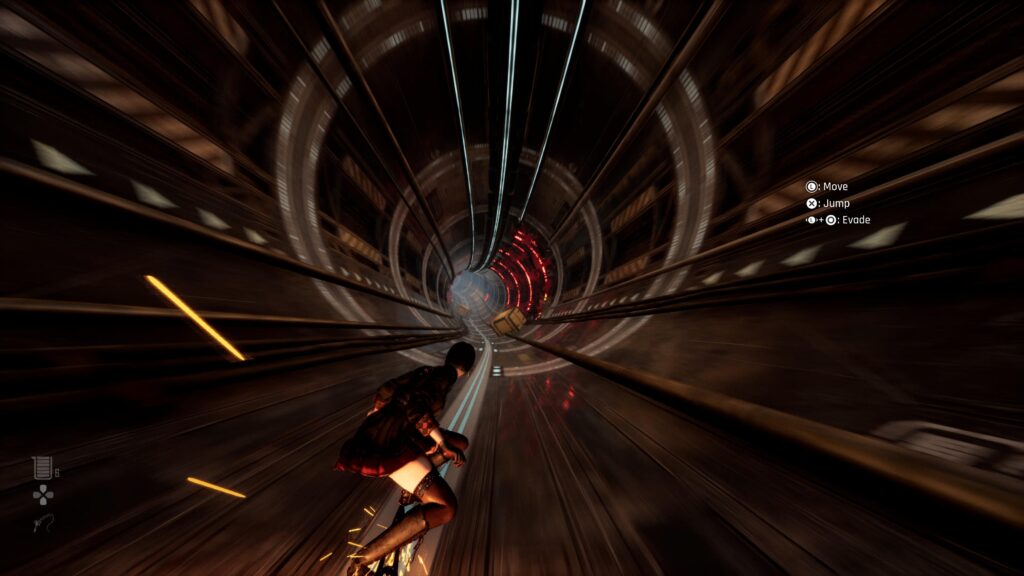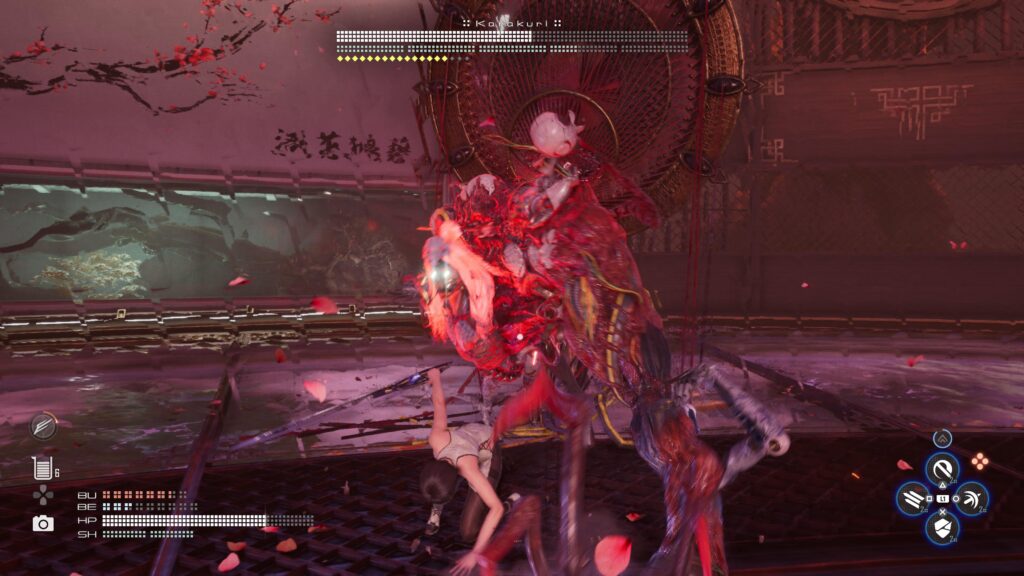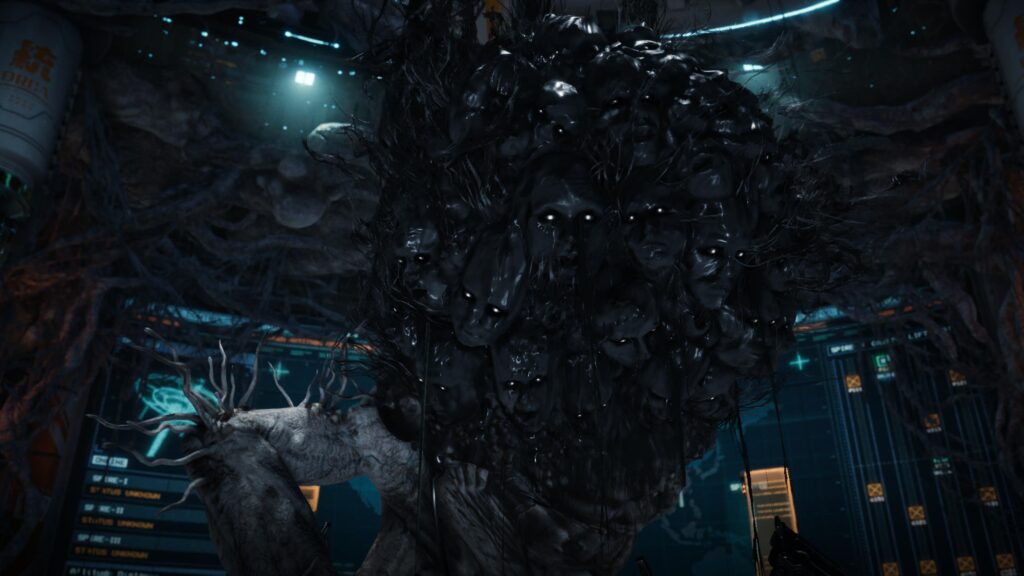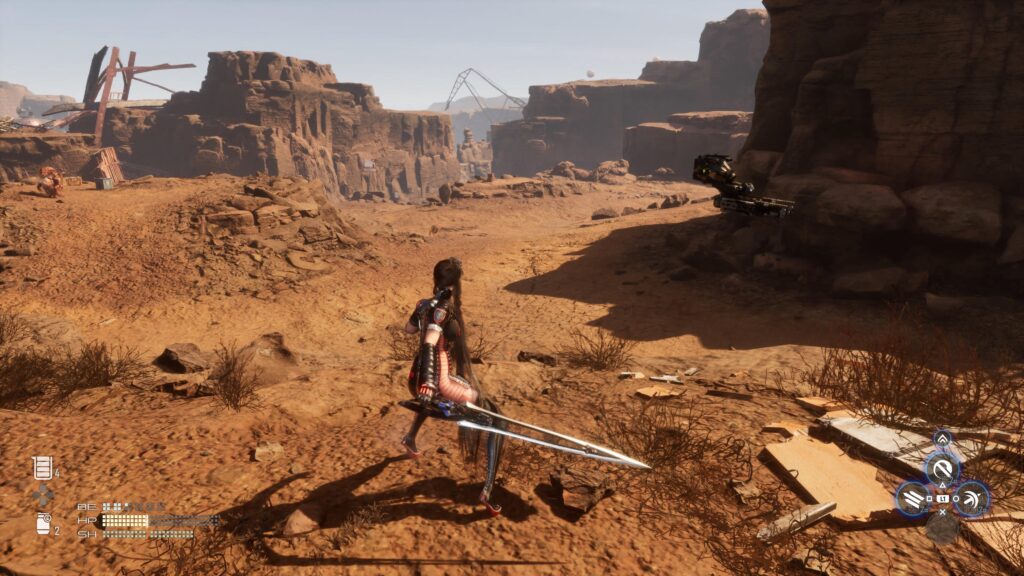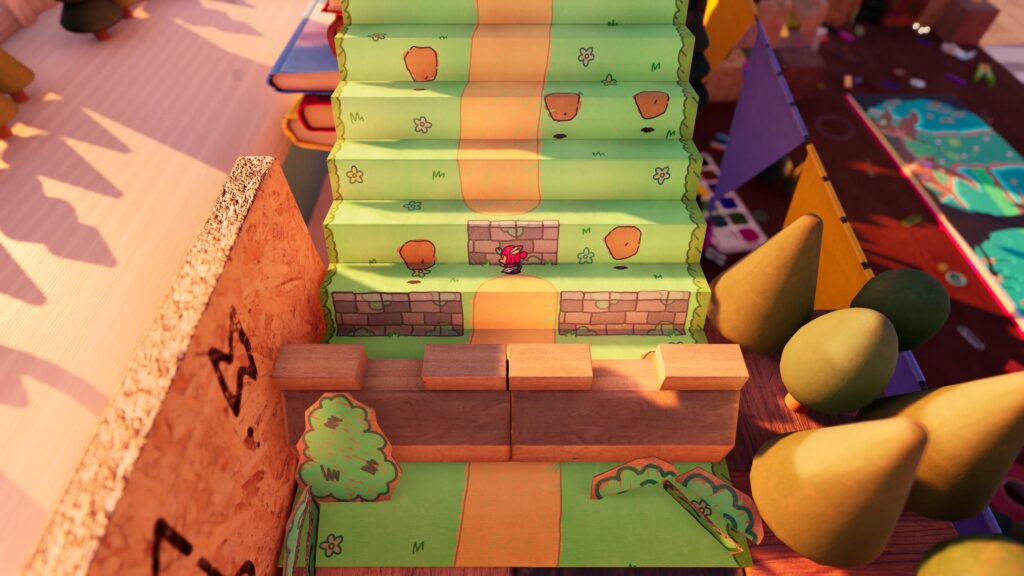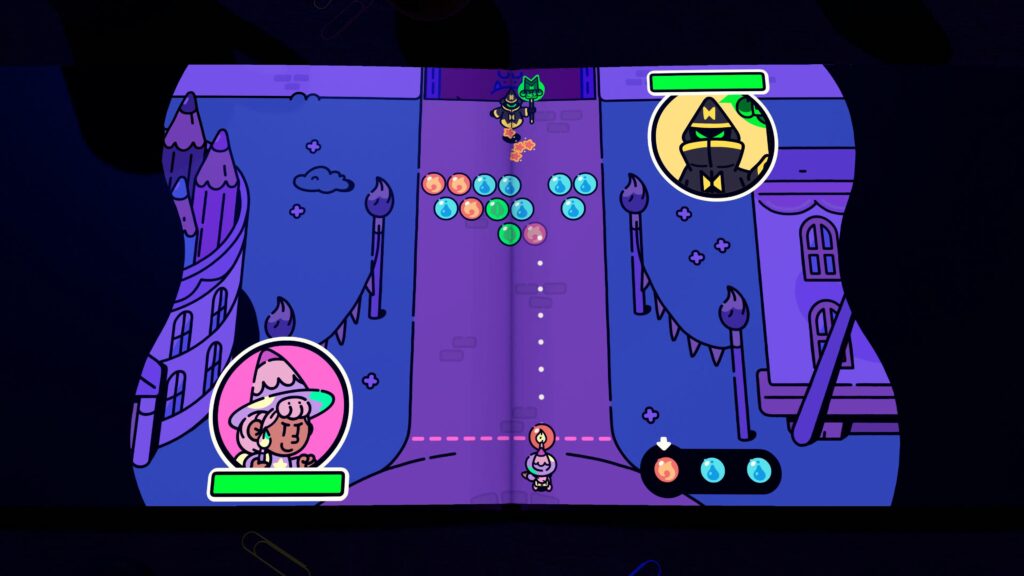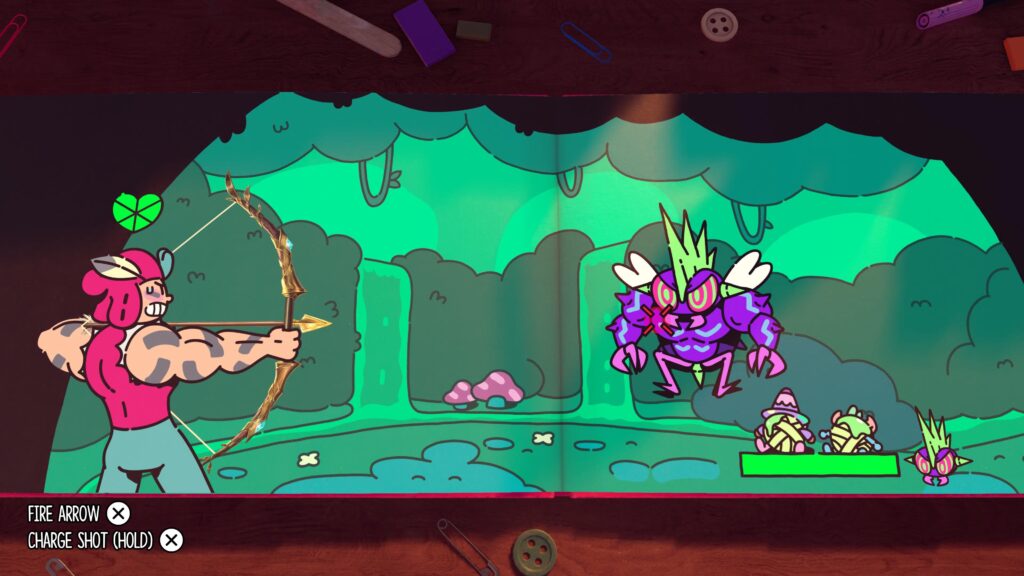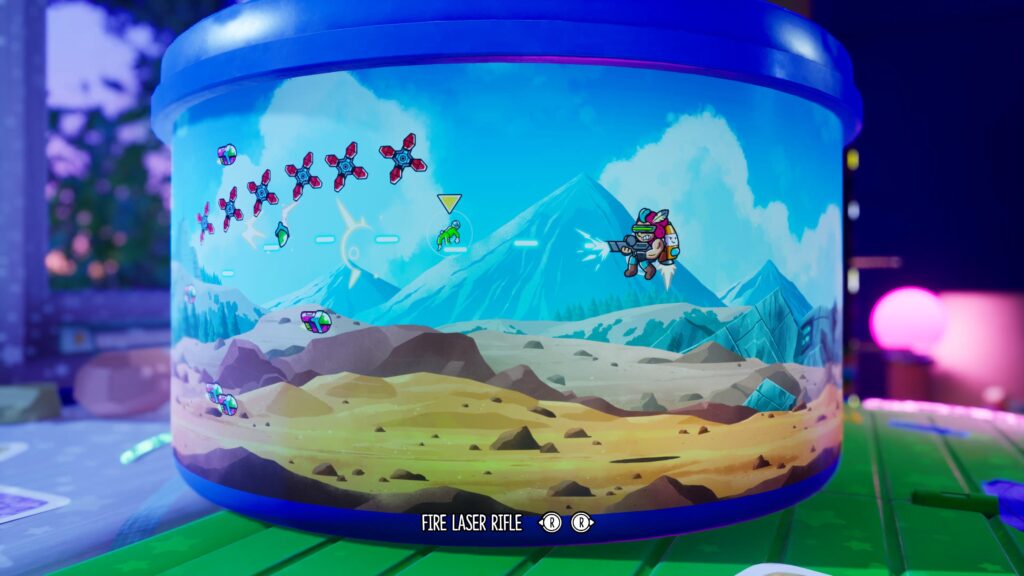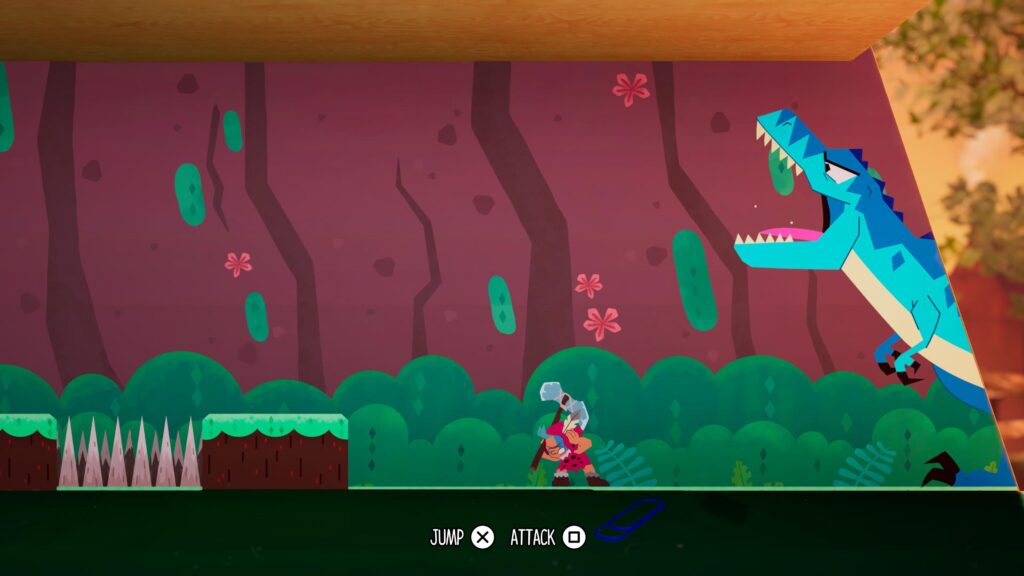More Info from Rose City Games
- Genre: Action/Adventure
- Platform: Switch
- Also Available On: Steam, Xbox
There’s some games that I finish and I’m really not sure why. This is one of those. It’s totally a small indie experience where it pulls a lot of things from existing titles at a smaller scope so a lot of the systems don’t feel quite up to scratch. However, it’s got a certain charm that just kept me in the game and it has such low user friction that nothing is ever really stopping me from moving forward. As a result, I just hammered straight through and before I knew it I was done.
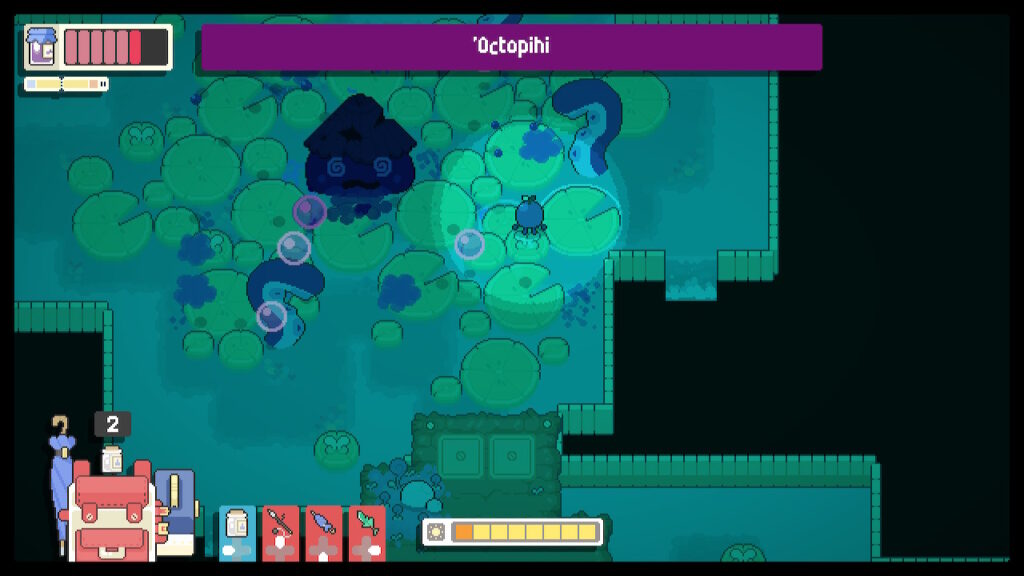
Given the similarities to 2D Zelda games combat will obviously be a big focus. If I look at this from a purely combat perspective it really isn’t doing much special. It has a bunch of weapons but in a lot of cases I found them to all be a little off. The first weapon you get is a sword analogue, but if I put it up against a Link’s Awakening sword the hit boxes feel inconsistent, causing a lot of misses. Later in the game you get a sickle that hits twice, but the speed of attacks with it always felt slow enough to not be valuable over other choices. The weapon I ended up using a lot was a parasol due to its rapid attack speed, but it had such a narrow hit box that I was constantly missing smaller enemies by literal pixels.
It was always little things like that that made it feel off compared to the more traditionally AAA titles in this style of game. It wasn’t helped by the lack of secondary items in combat, so for the most part combat was attack spam and dodge. That said, it being a compact indie meant that this was over before it became a problem for me. I was simply finished.
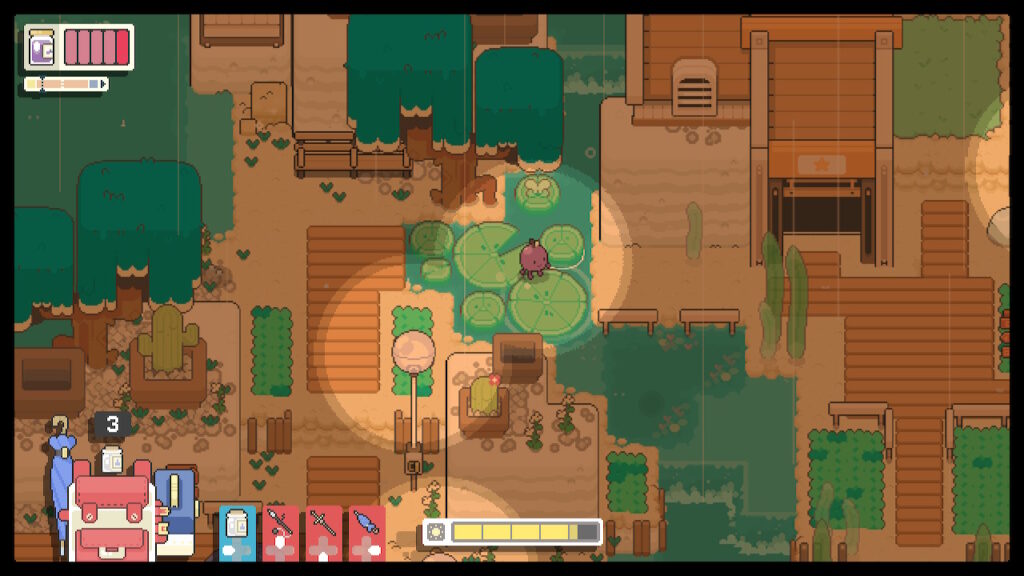
This also extended to the metagame systems in place. There’s a day-night cycle that allows you to do daily missions, but the daily missions are so simple that I was often finishing them before the morning segment of the day. That let me just move the plot forward regularly. There’s a building/crafting system, but it so infrequently required me to build something story-related that I simply skipped it under most circumstances. There are weapon upgrades that require you to farm items, but they often require so few resources and the resources are so easy to get that I never really felt held back in progress. There are side quests that exist and give rewards, but again they are so easy to complete that they might as well just get done but the rewards are so low impact that skipping them is irrelevant.
Again, this is typical of small indie. The systems are there and not damaging to the experience but if they weren’t there they also would not hurt the experience.
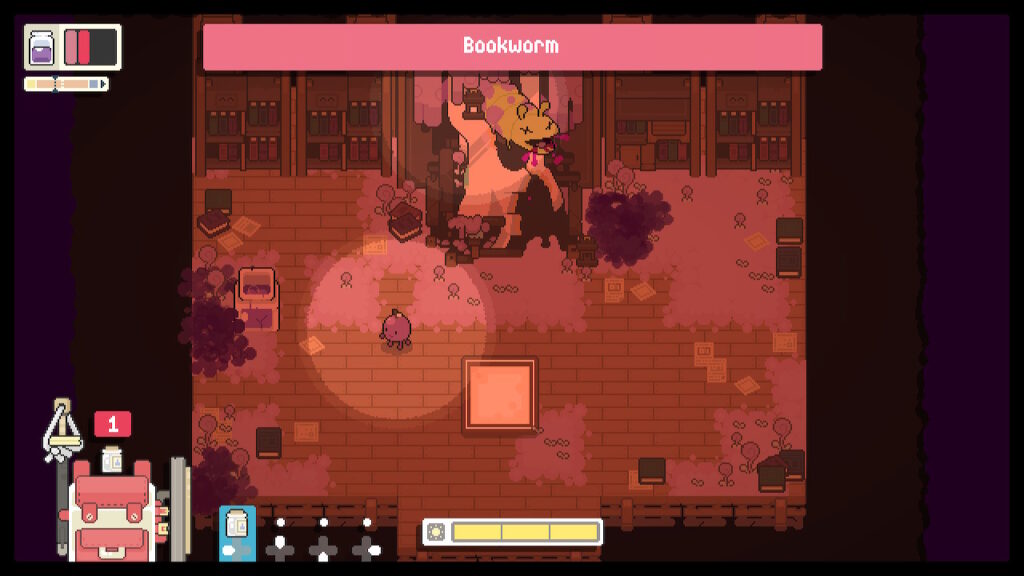
So then why do I play indie games like this? Because they’re charming as all hell. The entire premise of the game is that you play as a young grape working as a guardian of a realm of other fruits and vegetables by killing living rot. It’s such a complete theming package from the level of characters all the way up to the world and it all just feels right. You’re helping heal towns so they can get cleaner water or grow plants and ultimately so new plant people can be born on the literal vine. This is the charm that you get from small budget indies. Yes the games may be shorter, but in doing so they are limiting their content scope and allowing themselves to do unique things with theming that you just won’t see at higher budgets.
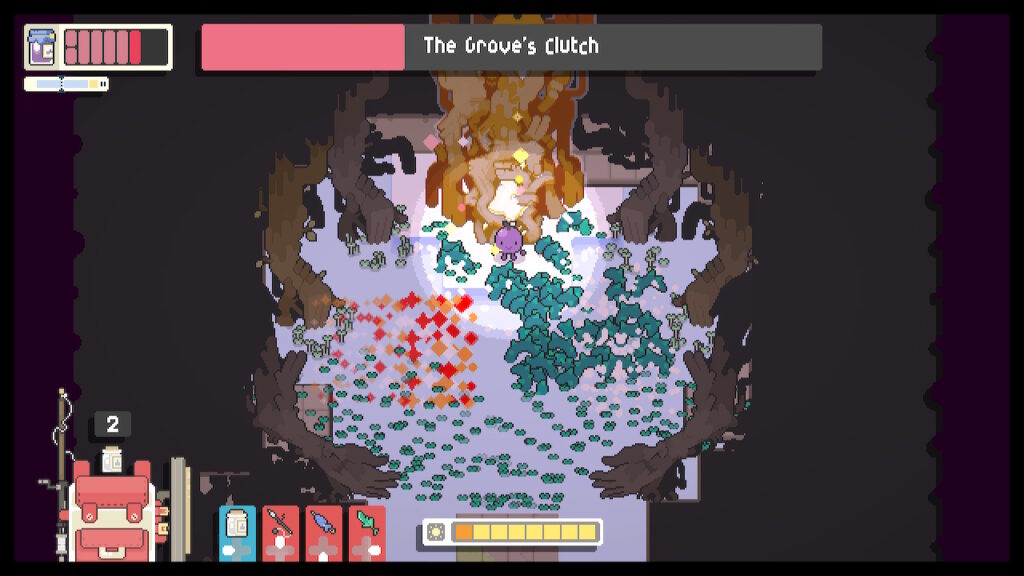
I suppose ultimately this isn’t really a rambling about much. The game itself could have been any indie game. It probably feels like I’m picking on this specific one but it just happened to be what I pulled at the time. I don’t know that I’ll ever be in a position to make indie games because frankly I enjoy working on larger things. I just love that these things exist in general. I can pull good indies off the shelf and just play them and just finish them. There’s rough edges, there’s missing content, but they’re charming and fun. They’re finishable, and that’s huge.


